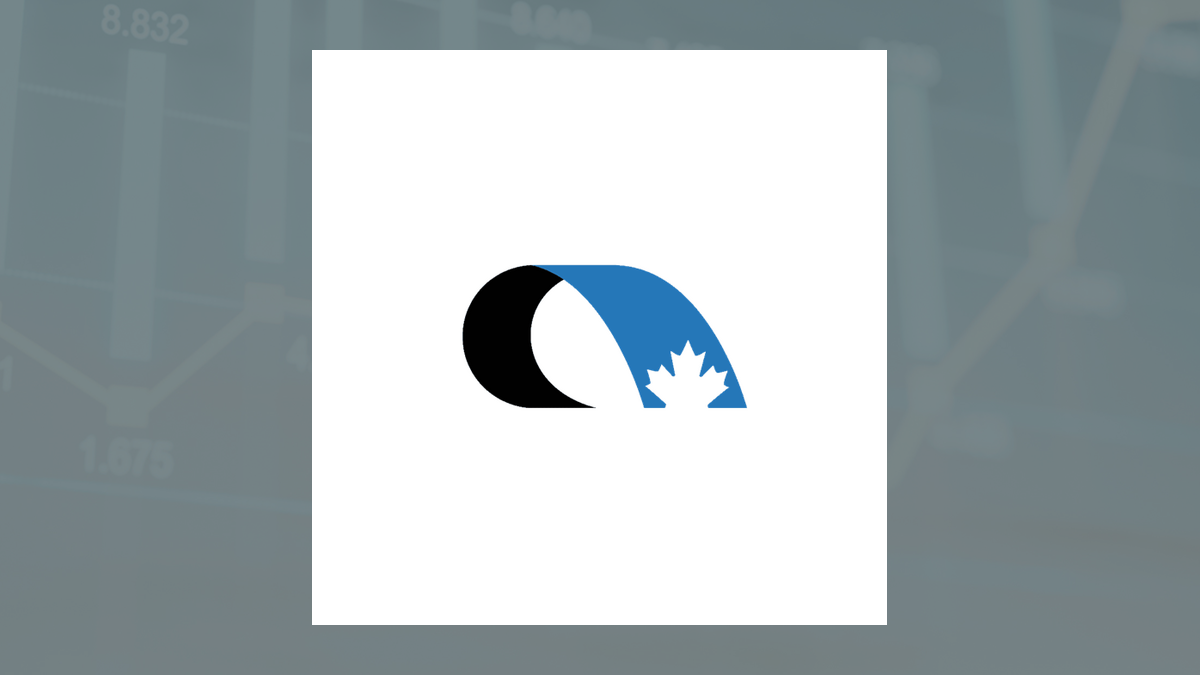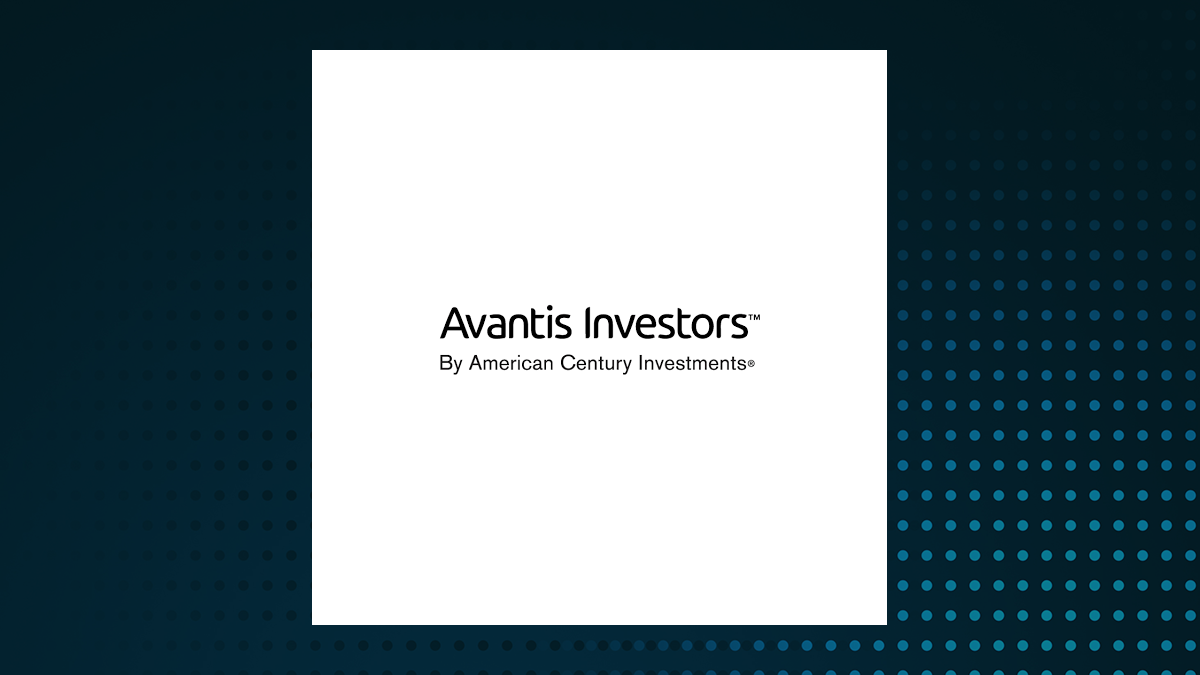
MILLIONS of savers have money sitting in old pensions with high charges and some of the fees are increasing. There are around 10million pensions worth a total of £250billion held in "closed-book" products, according to a freedom of information (FOI) request to the City watchdog by AJ Bell, shared exclusively with The Sun. Closed-book products are schemes that are not open to new customers.
The FCA said 9,883,029 private pensions are held in closed products, worth a combined £257.89billion. This only relates to private pensions, so the number of people affected could be far higher if workplace pensions are factored in.

You pay a small fee to your pension provider every year for managing your pension. This covers the cost of running the scheme and paying a manager to look after your investments. READ MORE IN MONEY But there is a huge disparity between what different pension schemes charge for these services.
Older schemes, particularly "closed book" products, tend to charge a lot more than newer schemes. The FCA has previously warned that the average charges on older non-workplace pensions were just over 1% - far higher than the 0.2% new schemes typically charge, according to financial firm Quilter.
This is partly because there is less competition in closed-book schemes as they aren't trying to attract new customers, and many existing customers have forgotten they even have a pension so aren't switching providers in large numbers. Most read in Money These fees may sound tiny, but even a small percentage difference can hugely affect the size of your savings over a few years. Fees are usually charged as a percentage of your whole pot.
So, if you had a pot worth £30,000, a 1% annual management fee would cost you £300. Over just five years you would have paid £1,500 in fees. For comparison, if you paid a lower fee of 0.
25%, you'd pay just £75. If you paid that for five years running, you'd have paid just £375 - £1,175 less. The average amount held in closed-book pensions is around £26,094 based on the FOI data.
If you had this much in a scheme charging 1%, you'd pay £260 a year in fees - but if you paid 0.25%, you'd only pay around £65 a year in fees - £195 less. And some firms are still increasing the charges on old schemes.
Pension firm ReAssure, which manages around 3million accounts in closed-book schemes, increased the charges on hundreds of its funds last week, in many cases by as much as 0.2 percentage points. Tom Selby, director of public policy at AJ Bell, told The Sun: “Keeping your costs and charges as low as possible is absolutely crucial if you want to squeeze as much value as possible out of your retirement pot.
"Even seemingly small differences in charges can add up to tens of thousands of pounds of extra cash in your pension over the course of your life – sums that could make a huge difference to your quality of life in your later years." Mr Selby added that it's "vital" savers check their pensions to make sure they're getting good value for money from their scheme and aren't being charged "rip off" fees. "Those who bought pensions in the 1990s or early 2000s who now find themselves with policies administered by firms no longer open to new business are particularly at risk of being hit with higher charges," he said.
"Indeed, it is not uncommon for these types of policies to charge double or even treble the fees levied by more modern, lower cost platforms." How can I switch to a cheaper pension if I'm in an old or 'closed book' scheme? Track down your old pots If you want to get on top of your pension savings, the first thing to do is track down all your old pots. Research earlier this year by provider PensionBee found one in 10 workers believe they've lost a pot worth £10,000 or more - equivalent to more than three million people.
So, the first step in getting to grips with your pensions is finding out how many pots you have and which company manages them. You could start by looking through your paperwork and getting together all the pension pots you think you have. Often the company you originally opened the product with will have rebranded or been sold.
A lot of old firms have all been bought by larger companies. That could mean it’s no longer managed by the same firm you first opened the account with, which can make it difficult to track down. The Association for British Insurers (ABI) runs a website listing old pension companies and the firm now managing their products - so if you can remember your old firm's name, you can trace where it is now.
You can also use a pension tracing service, which will do the work for you. The government has a pension tracing service, while some financial companies have their own services. Get an updated valuation, performance and charges statement Once you’ve tracked down your pension pots, you should be able to request an updated statement that should tell you your pot value, past investment performance and any charges you're paying.
You should receive these statements annually anyway, but many people have lost the documents, or don’t receive them if they’ve lost contact with their pension provider. Around £27billion is estimated to be held in pensions where the provider is no longer in contact with the saver, according to the Pensions Policy Institute, so it's very possible it's happened to you. Decide whether you want to switch Once you know where your pensions are and have the key information about the charges and performance, decide whether you're happy or if it could be worth switching.
Some older pensions will still be offering decent investment performance and reasonable charges. Red flags to look out for include accounts with high charges, for example 1-1.5%, or those which have delivered weak performance over a sustained period.
Mr Selby said: "Transferring a pension is usually relatively straightforward and the benefits , in terms of lower costs, increased choice and better service, can be substantial. "If you’re struggling to remember where your old pensions are, a pension tracing service can do the hard work for you – including checking if there are any valuable guarantees attached to your policy that would be lost if you transferred.” Your statements should show whether the fund or funds in the pension are performing better or worse than similar funds, which is often described as a "benchmark".
Many people decide to combine their pensions simply to make it easier to manage all their pensions in one place. Data from the FCA shows that 72% of people who consolidate pension accounts do so because they want to have all their accounts in one place. Consider whether you need professional help and advice It’s worth considering whether you want to pay a financial professional to help you with this process and give them responsibility for managing your pension.
A financial adviser can recommend a pension account for you and should be able to outline clearly the potential benefits of moving to a new provider. They’ll also be able to review your financial circumstances and figure out what's right for you, In some cases, if one or more of your pension pots hold special benefits, you may need to speak to an adviser before you can move the account anyway. This is to ensure that individuals don’t inadvertently give up valuable protections without realising it.
Start the transfer process If you decide you want to switch, then you’ll need to find a new company to move to. There are lots of investment platforms that allow you to manage your account online easily, with apps and websites that allow you to manage your pension, pick investments, view the expected value by the time you retire and take income once you retire. It’s important to research the options available and consider factors like the cost of the product, the service levels and the investment options available.
READ MORE SUN STORIES Once you’ve decided which company to move to, you should be able to give them some basic details about your existing pension pots and they will do the rest of the work for you. Normally, your policy number and the name of the company is enough information. IF you have several workplace pensions that you're no longer paying into, you might be better off consolidating them into a single pot.
There are several advantages to this. The first is that by having your savings all in one place, you'll only pay one set of fees. You can also choose which pension provider you want to transfer the different savings to, so you can pick the best one for you.
It also makes it easier to keep track of your money. You might want to move all your money to whichever of your existing pots has the best fees, or you could move it all to your current employer pension (if you have one). Alternatively, you may wish to move money to a private pension or use a consolidator service, such as Pension Bee, Aviva, or Wealthify.
Make sure you compare and contrast your options carefully so that you're picking the best home for your savings. You'll need to look at fees but also might want to consider the investment options available. If any of your pots are over £30,000 you'll need to get independent financial advice, but even if you have lots of smaller pots you should consider speaking to an independent financial advisor (IFA).
You can use Unbiased or VouchedFor to find a recommended advisor near you. Also ask whether you'll be charged a fee to exit your existing provider and to join your new provider, plus whether the age at which you can access your pension is different - for most people this is currently 55 , but is set to rise to 57. You also need to ensure the pension you're leaving doesn't come with valuable added perks, or you could lose out.
Stay alert for pension transfer scams as fraudsters often target people transferring their pension with promises of investments that are too good to be true..














